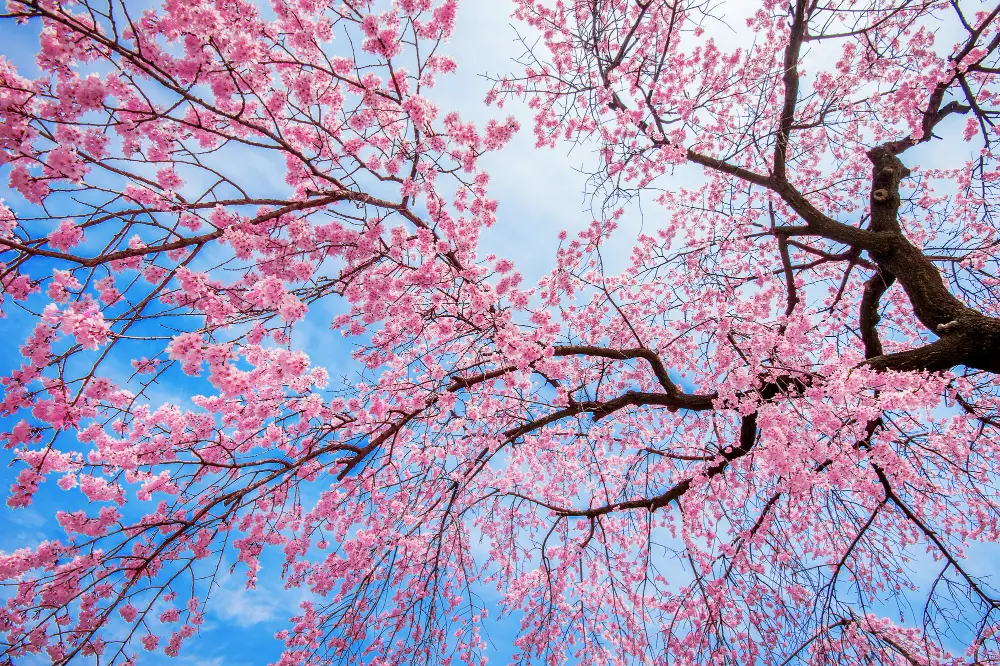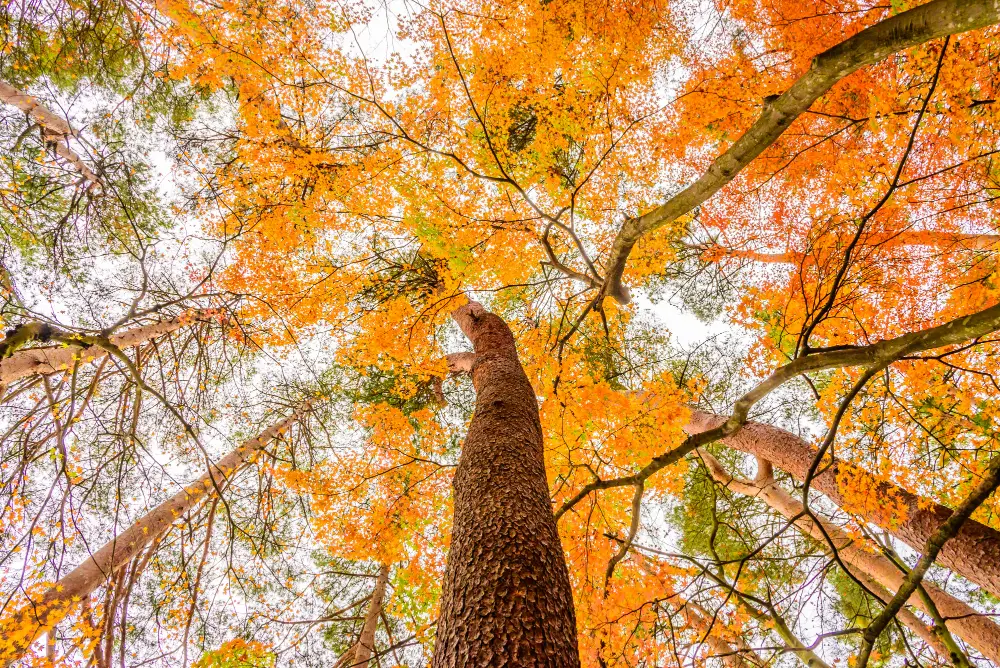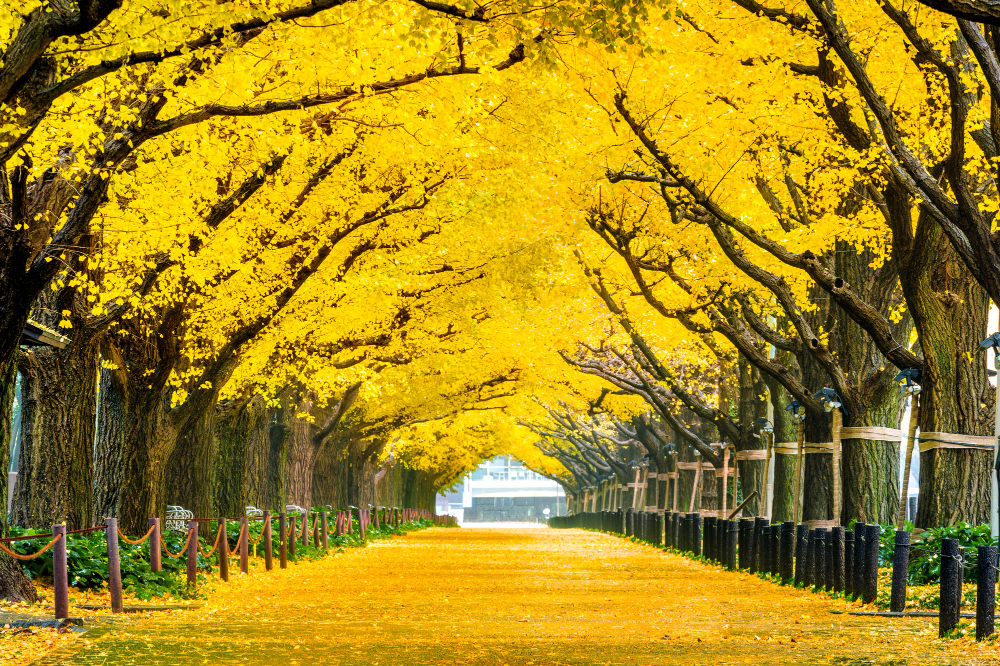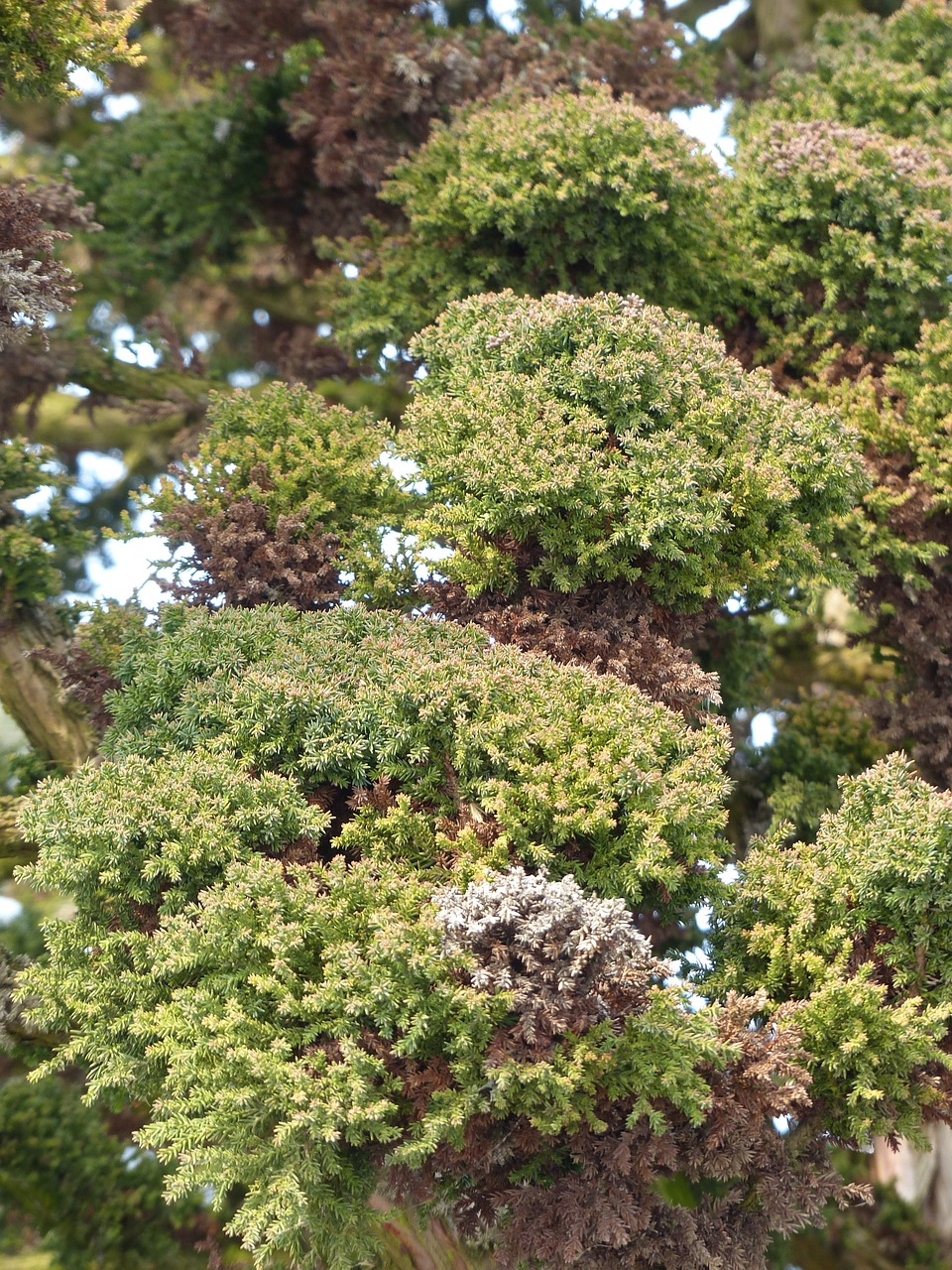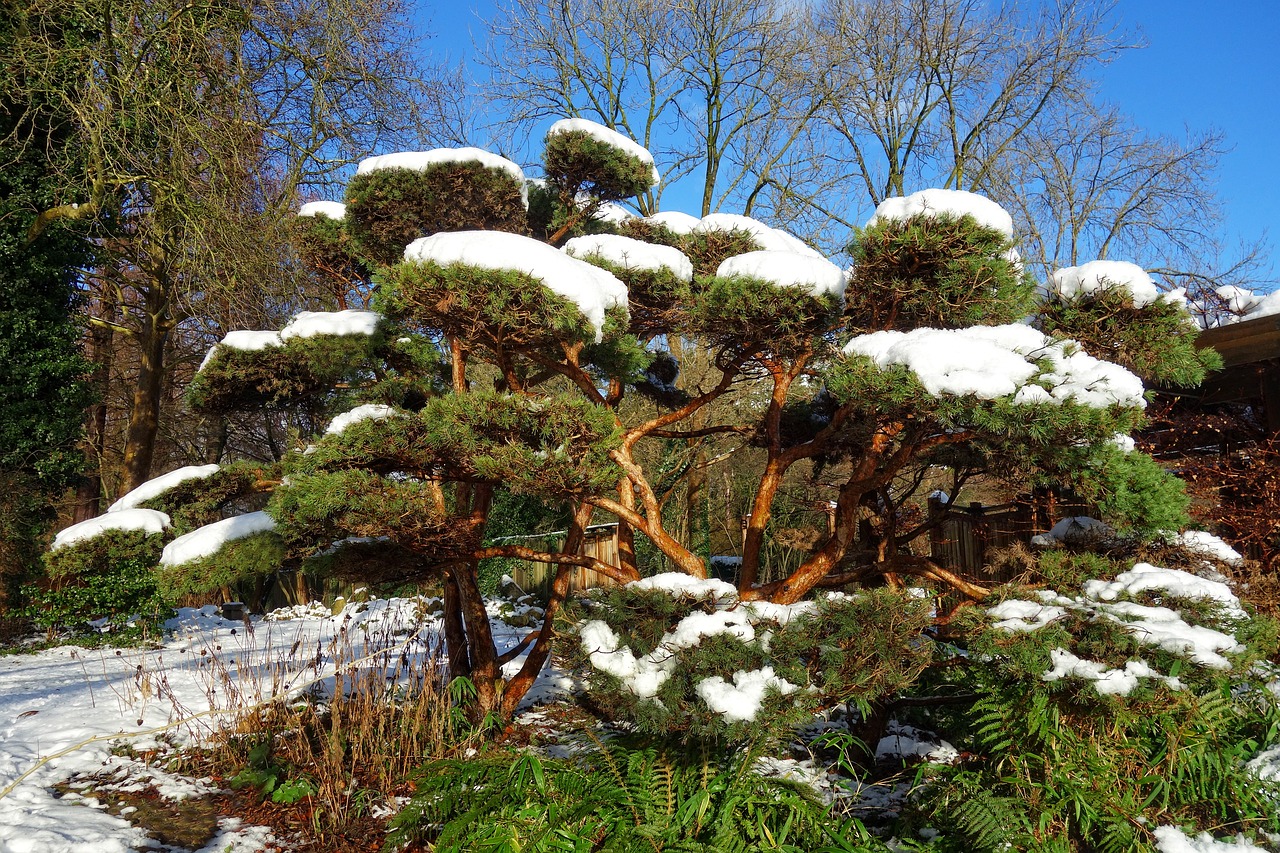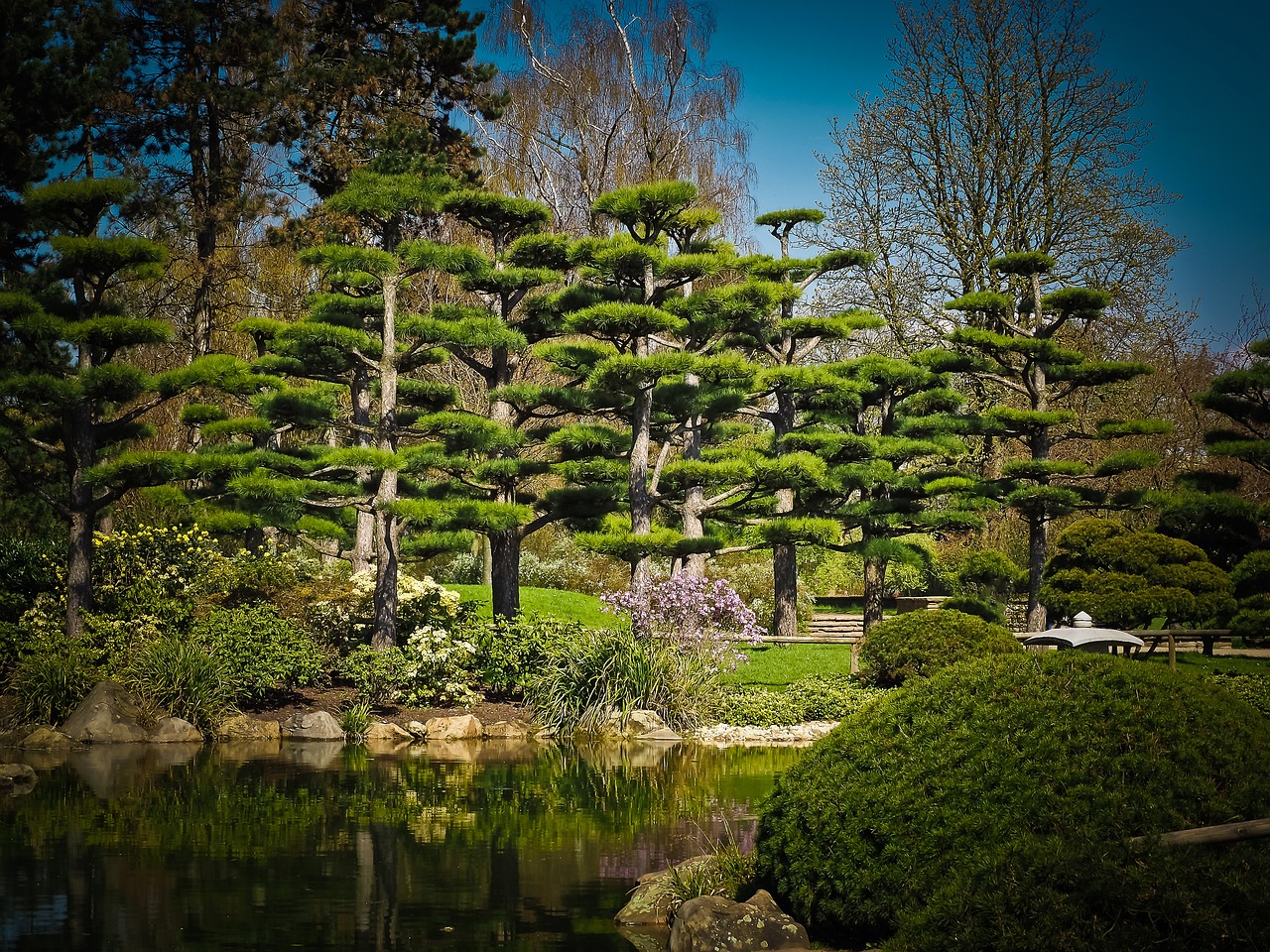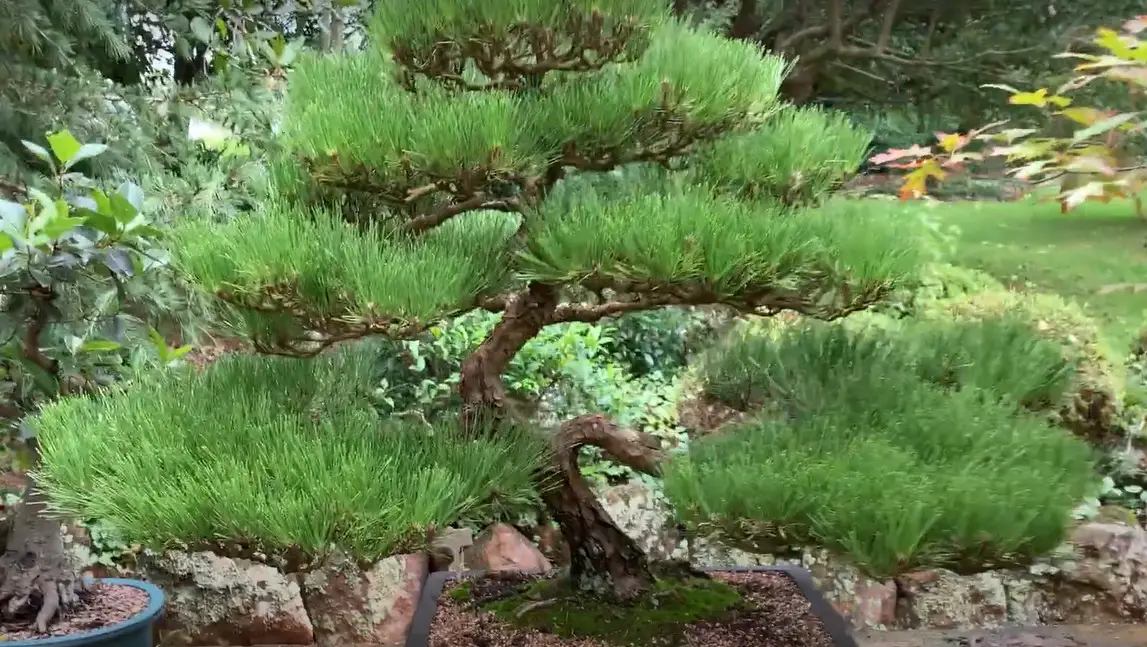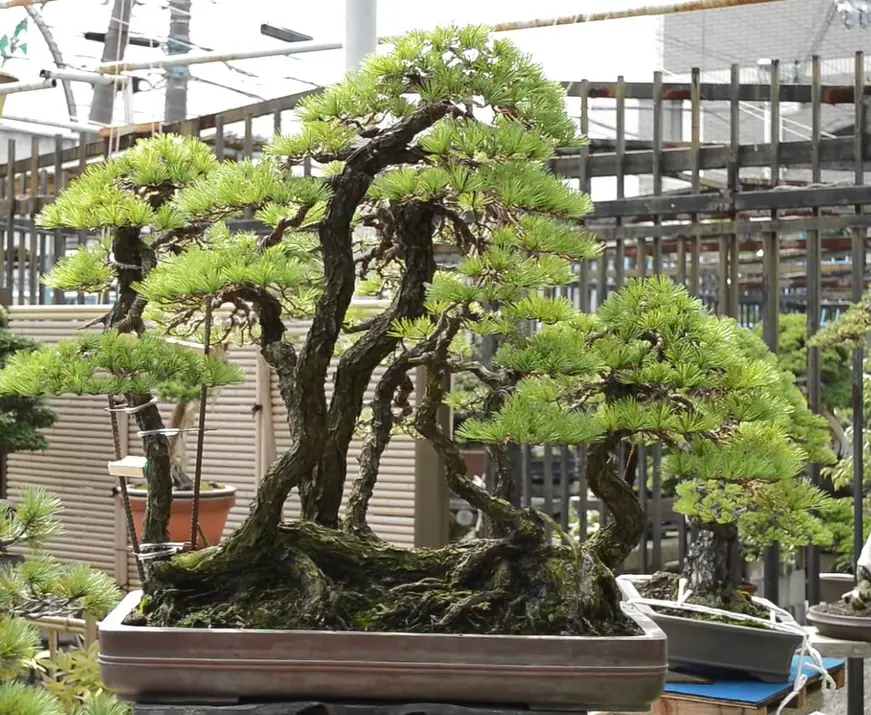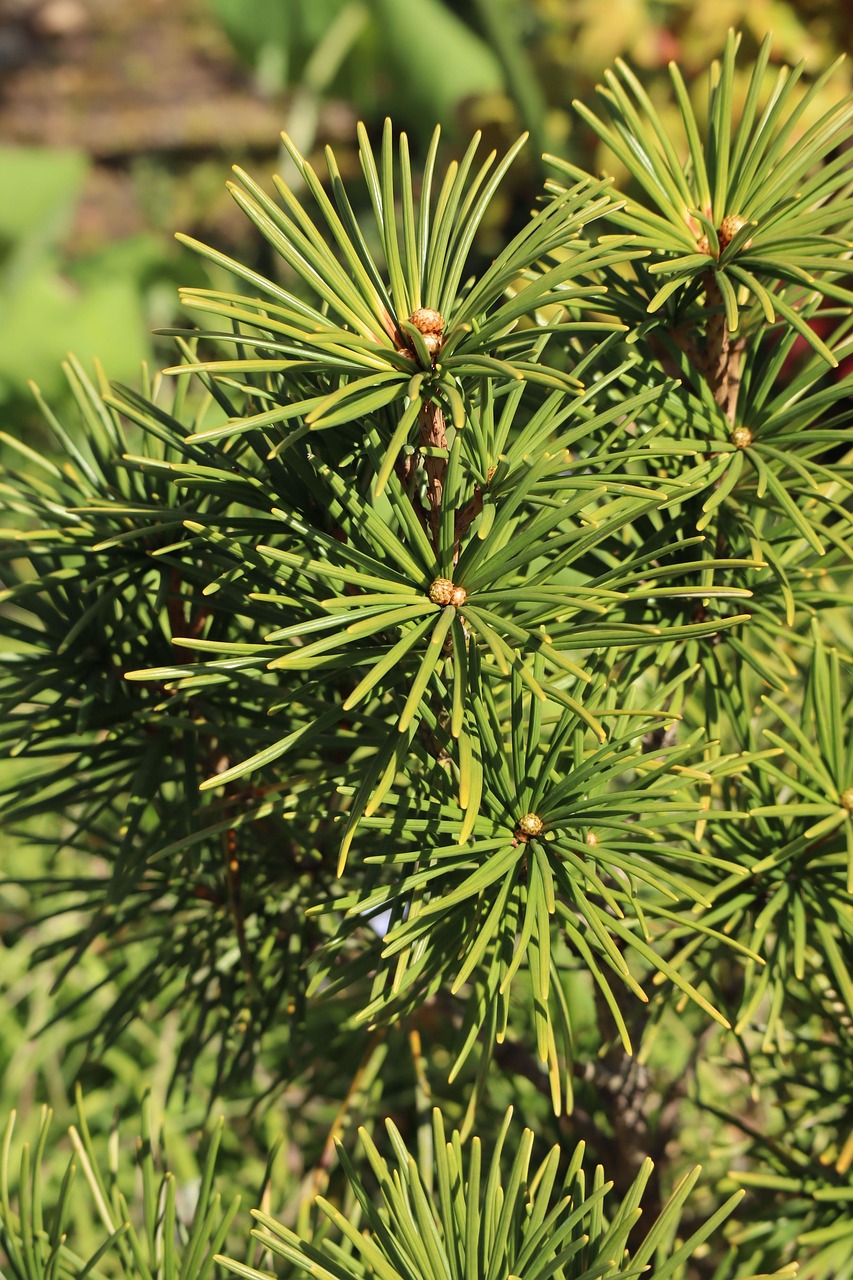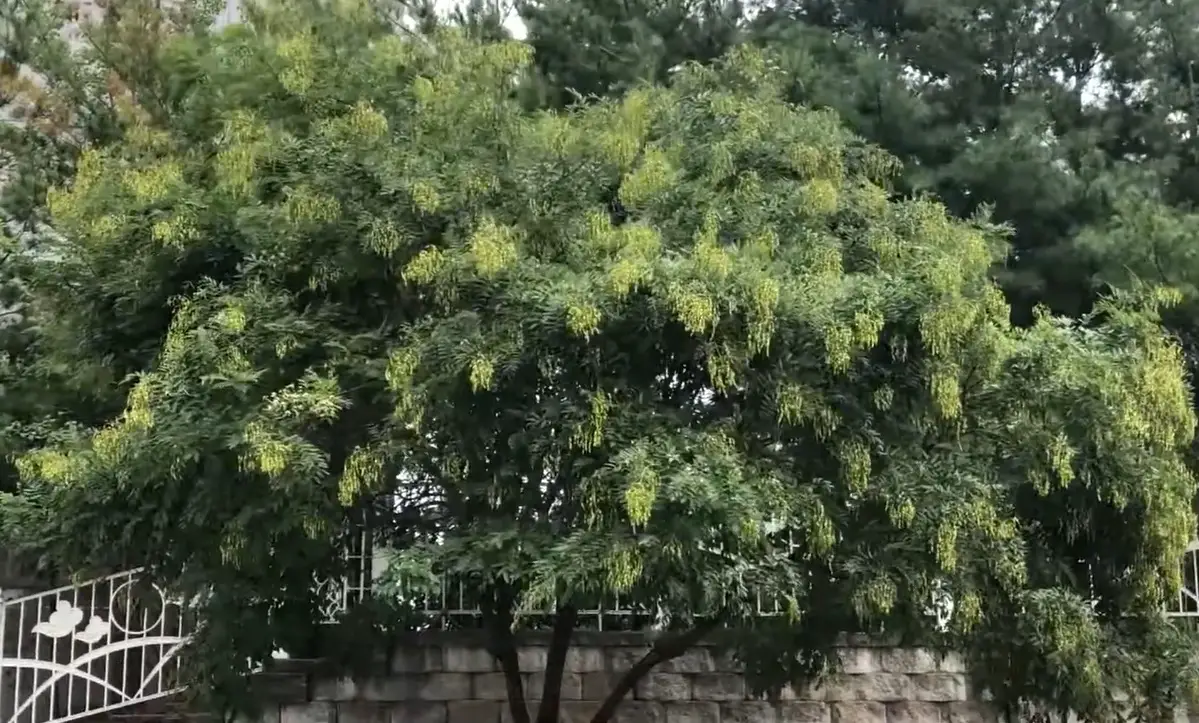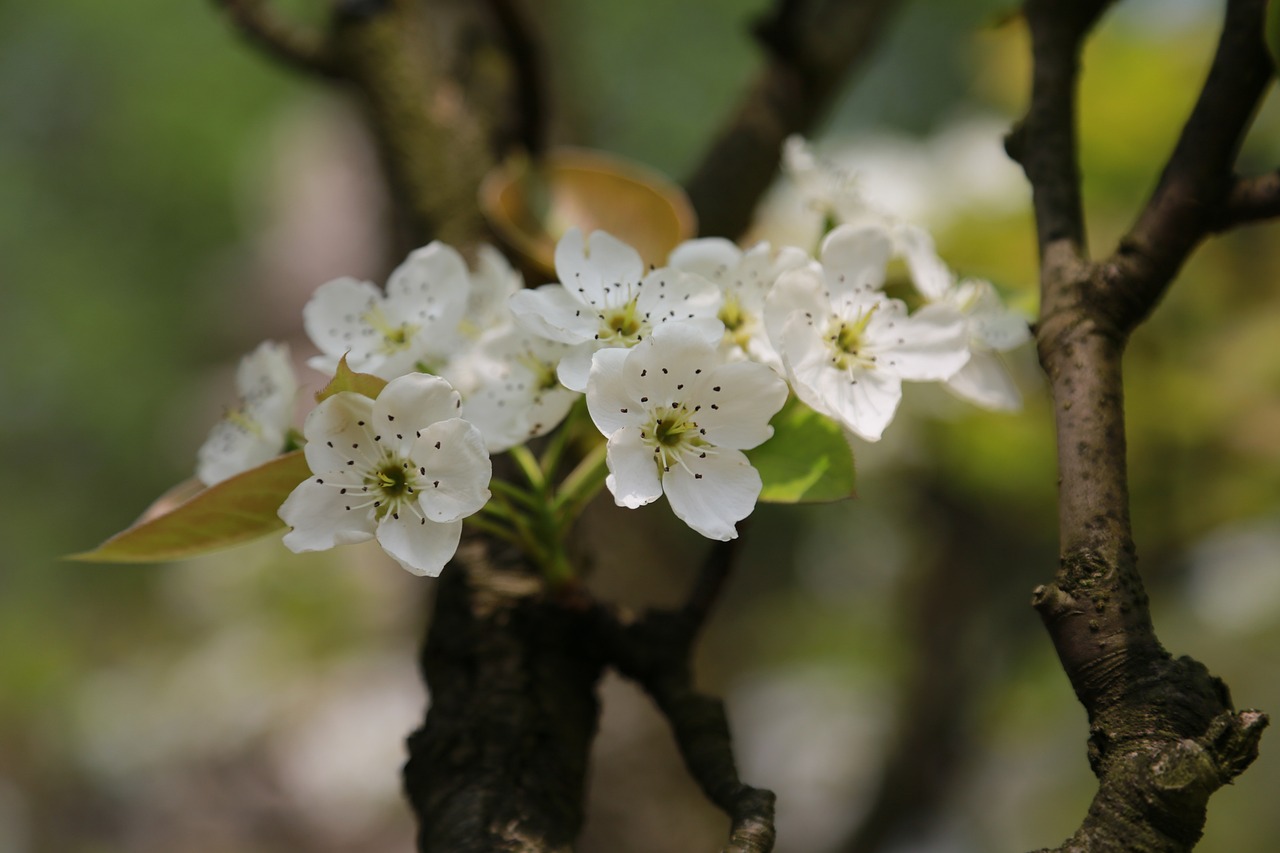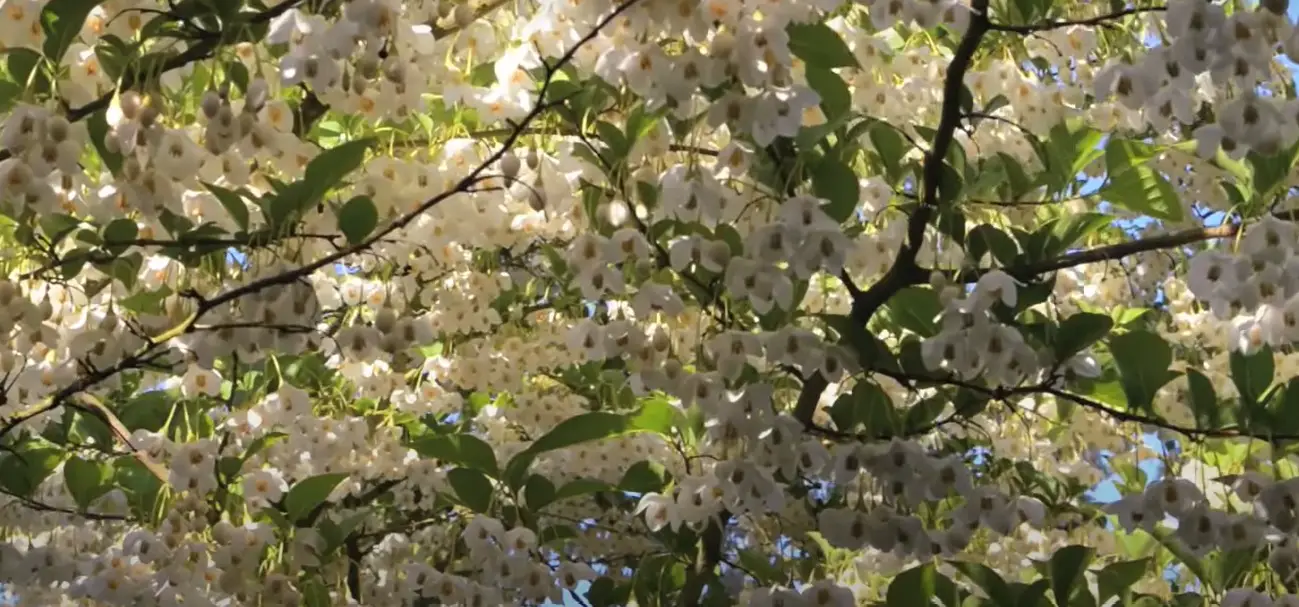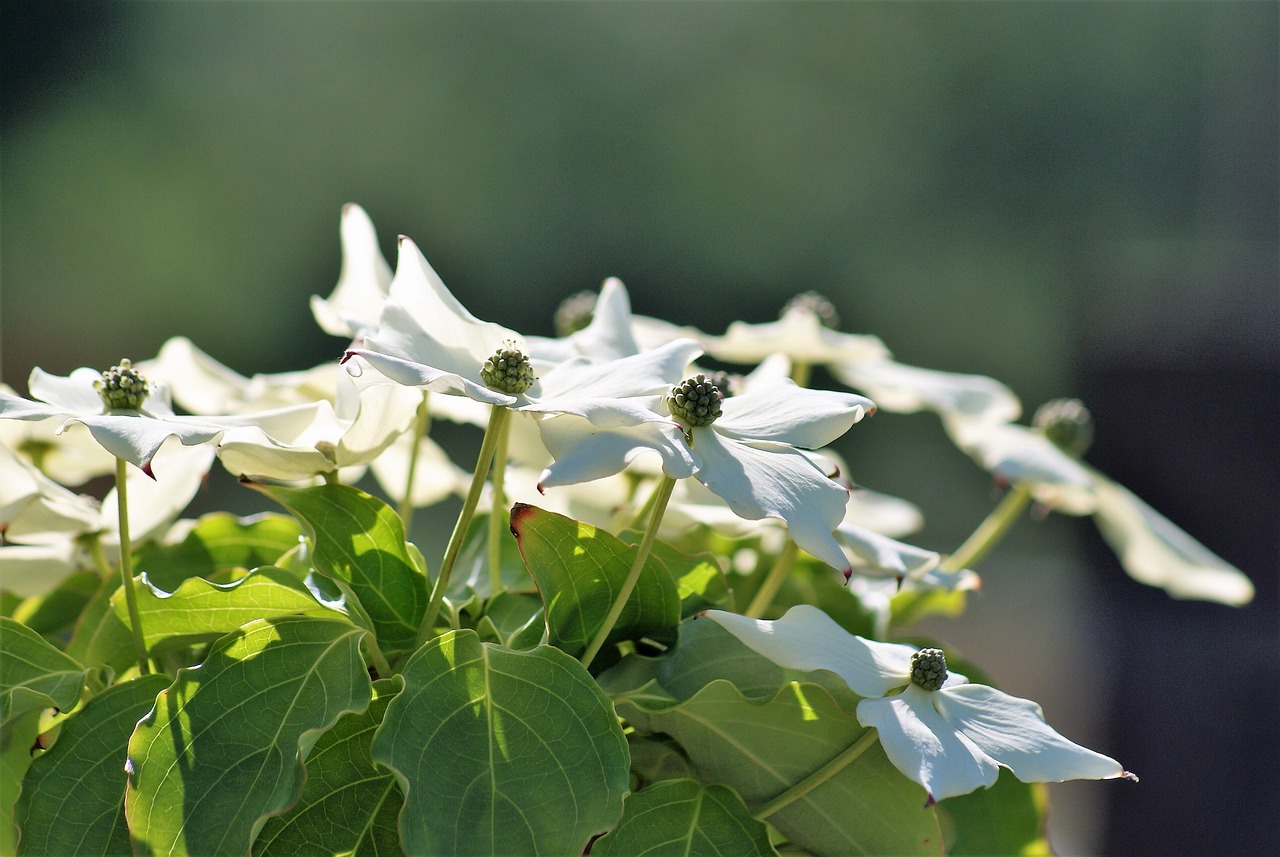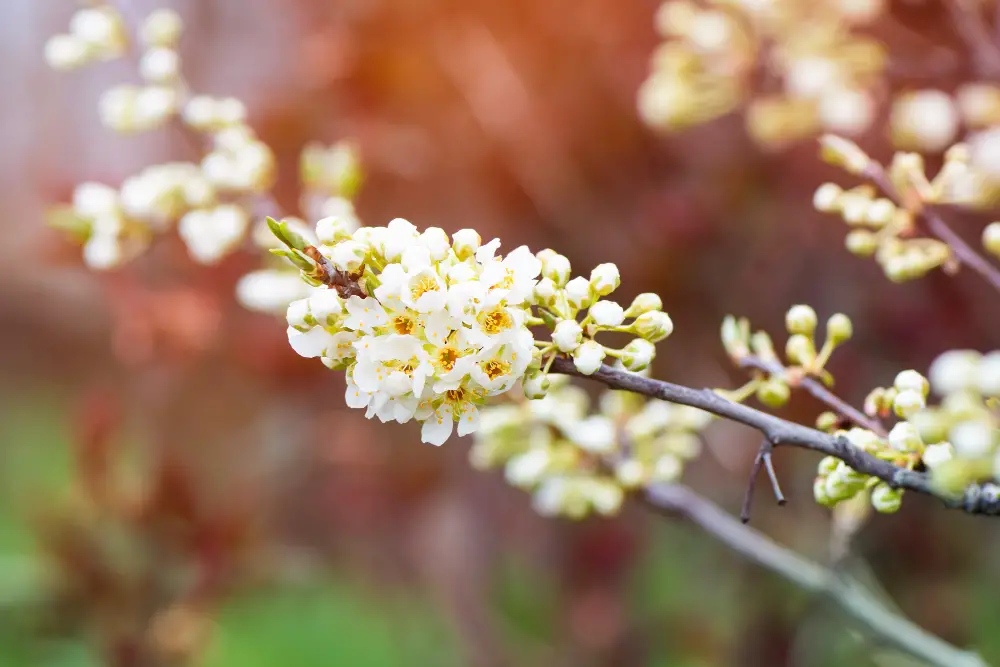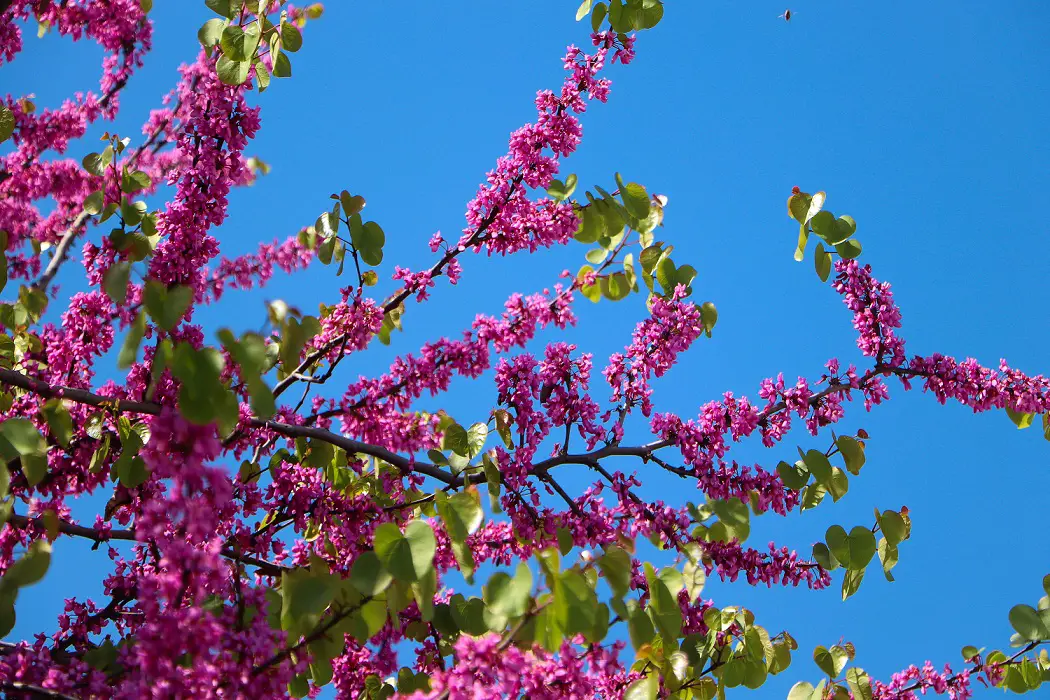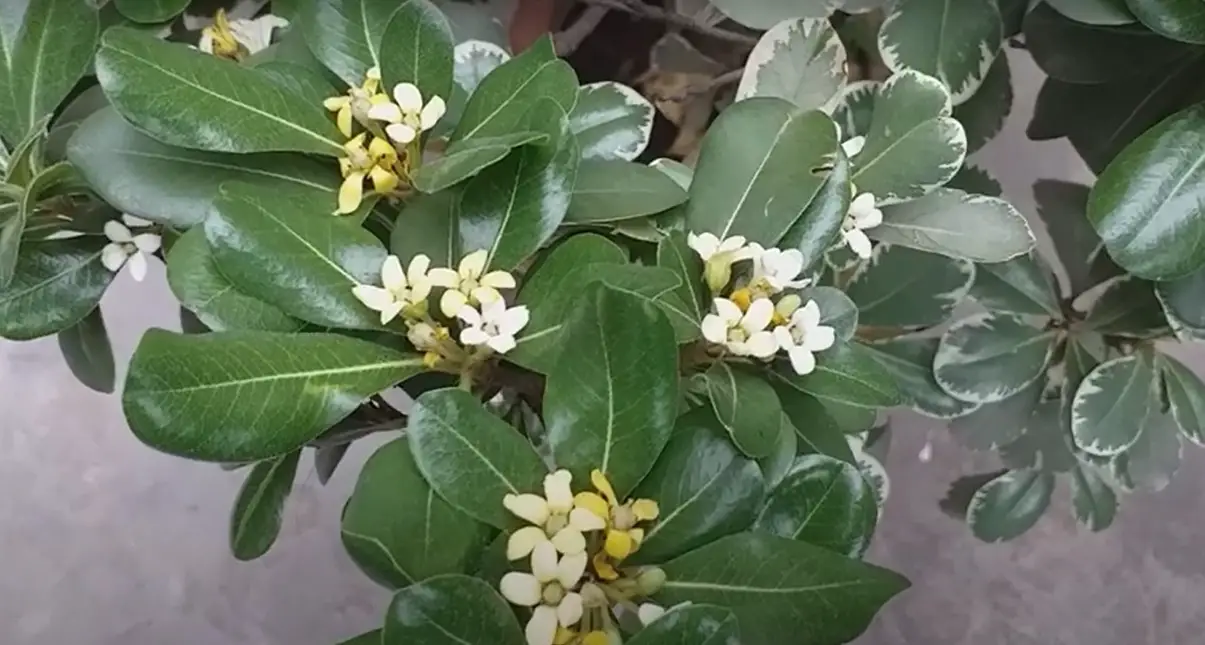Japan is renowned for its many majestic trees. These trees are part of the country’s rich history and culture, as well as being highly valued by both locals and visitors alike. This article will explore some of Japan’s most famous tree species, including their characteristics, geographical distributions, and ecological roles in the environment.
The Japanese archipelago has a diverse range of habitats where different types of trees thrive. Some are native to the area while others have been introduced from other parts of Asia or even further abroad. Further still, there are several ancient varieties that have evolved over time due to natural selection – making them unique to Japan’s ecosystems and climate conditions.
We will now take a closer look at some of the iconic species in Japan so you can get to know them better!
1. Cherry Blossom (Sakura)
Japan is renowned for its iconic cherry blossom trees, or sakura. Blooming in a glorious array of white and pink petals every spring, the flowering tree is an integral part of Japanese culture and history. The sight of them blossoming has been celebrated in Japan since ancient times as a symbol of life’s ephemeral beauty.
The delicate cherry blossom blooms are short-lived but their impact on both nature and people can last much longer. Traditionally, the flowers have become a representation of renewal and hope in the face of adversity. They even feature prominently in traditional art forms such as calligraphy and painting to represent beauty and fragility.
Every year, millions flock to cities across Japan to witness the spectacle firsthand during hanami (flower viewing) picnics under the branches of these majestic trees. It’s easy to see why they evoke feelings of awe and appreciation—they truly embody all that’s special about Japan’s stunning natural landscape.
2. Japanese Maple (Momiji)
The Japanese maple, or momiji, is a deciduous tree species native to Japan. It’s known for its unique foliage that changes color throughout the year—from vibrant red in autumn to deep green during summertime. The leaves of this tree have been used since ancient times as symbols of longevity and hope in many aspects of Japanese culture including literature and art. In addition, they are also associated with spiritual practices such as Shintoism and Buddhism.
Momijis can range from small shrubs to full-sized trees depending on their age and location. They thrive best when planted in moist yet well-drained soil and can reach heights between six and thirty feet tall once fully grown. Some varieties even feature beautiful cascading branches which give them an elegant appearance like no other tree type in existence.
In terms of aesthetics, the most popular way to enjoy these stunning specimens is by visiting parks or gardens where you’ll be able to admire their changing colors up close alongside other people who share your appreciation for nature’s beauty. For those lucky enough to own one at home, simply standing outside while admiring it can provide just as much joy!
3. Ginkgo (Ichō)
The iconic ginkgo tree, or ichō in Japanese, is one of the most ancient species alive today. Its long history dates back over 270 million years and it’s often referred to as a “living fossil” due to its remarkable longevity. In terms of physical attributes, these trees are characterized by their fan-shaped leaves and attractive yellow color when they reach maturity. They can grow upwards of 20 meters tall but tend to stay much smaller—around 8–10 meters—when planted in urban areas where space is limited.
Ginkgos are commonly found near temples and shrines throughout Japan since they have been considered sacred symbols of strength and luck for centuries. Furthermore, these trees also provide many practical benefits such as producing edible nuts that have both culinary and medicinal uses. Additionally, their dense foliage makes them excellent sound barriers which help reduce noise pollution in densely populated cities like Tokyo or Osaka.
These majestic specimens have come to symbolize resilience in the face of adversity while still maintaining beauty despite life’s challenges. Indeed, few other plants embody this idea better than the ginkgo tree; an enduring reminder that with enough patience and care, we too can overcome any obstacle placed before us on our journey through life.
4. Cryptomeria (Sugi)
Having discussed the ginkgo tree in detail, let’s now turn our attention to cryptomeria (sugi). This species of coniferous evergreen is endemic to Japan and is also known as Japanese cedar due to its fragrant wood. It stands out from other trees due to its unique shape; these specimens have a distinct pyramidal form with long vertical shoots that grow upwards, creating an impressive column-like structure. Moreover, their bark has an attractive reddish hue and they are capable of reaching heights over 40 meters when left undisturbed by human intervention.
The striking appearance of this tree has made it popular among gardeners who prefer more traditional styles of landscaping. Furthermore, its timber has been used for centuries in boat building and construction due to its strength and durability as well as its pleasant scent which helps ward off insects such as termites. In addition, sugi makes excellent firewood and has even been used in the production of incense thanks to its rich aroma.
These majestic trees play an important role not only in terms of aesthetics but also in providing environmental benefits like reducing air pollution through photosynthesis while simultaneously offering habitats for various forms of wildlife including birds, squirrels, and bats. Through these characteristics we can see why cryptomeria continues to be one of the most beloved trees across Japan today—a testament to both nature’s beauty and resilience all wrapped up into one stunning specimen.
5. Pine (Matsu)
Having explored the majestic cryptomeria tree, we now turn our attention to pine (matsu). This species of evergreen conifer is native to Japan and can be found in a variety of shapes and sizes. Its needles are long, greenish-blue in color, and arranged into bundles known as fascicles; these tend to droop downwards but may also stand erect depending on the particular strain being examined. Furthermore, its bark has a smooth texture that typically takes on an orange hue, while its branches often grow horizontally instead of vertically giving it a unique shape compared with other trees.
Aside from aesthetics, this versatile tree offers numerous practical benefits which have made it popular amongst gardeners for centuries. For instance, their timber is highly sought after due to its strength and durability making it ideal for construction purposes such as roofing frames or building bridges. In addition, matsu makes excellent firewood because it burns quite slowly and provides ample warmth over time—a trait that was especially useful during ancient times when wood-burning stoves were commonplace within households throughout Japan’s colder regions.
Finally, much like sugi before it, matsu plays an important role in reducing air pollution through photosynthesis while simultaneously providing habitats for various forms of wildlife including birds who nestle among its branches during the breeding season each year. It is no wonder then why so many people continue to seek out this remarkable specimen today; thanks to both its beauty and usefulness alike there really isn’t a better example than pine when looking for ways to appreciate nature’s splendor here in Japan.
6. Japanese Cedar (Sugi)
Japanese cedar (sugi) is an evergreen coniferous tree found throughout much of East Asia. Its scientific name, Cryptomeria japonica, derives from the Latin cryptus meaning ‘hidden’ and meros meaning ‘part’ as it was originally believed to be related to the cypress family although this has since been disproven. This species typically grows between 20-40 meters in height and can live for up to 1000 years with some specimens reaching even greater heights over time. Its leaves are small and scale-like, taking on a light green shade during summer months before transitioning into a deep brown color come wintertime; these also tend to be arranged radially around branches which may or may not possess cones depending upon the strain being examined.
Sugi serves multiple purposes within its natural environment including air purification through photosynthesis while simultaneously providing habitats for various forms of wildlife such as birds who take shelter among its sturdy trunks when seeking protection from predators. Furthermore, its timber is highly sought after due to its strength and durability making it ideal for construction purposes such as roofing frames or building bridges—it, therefore, comes as no surprise that so many people continue to appreciate this remarkable specimen today despite having only been introduced outside Japan relatively recently.
The tree has also become associated with Japanese culture thanks largely in part to its presence within temples and shrines across the country where it is often used to symbolize longevity owing primarily to its long lifespan compared with other trees. As such, sugi has become an integral part of both traditional ceremonies as well as everyday life here in Japan–a testament indeed to the importance of nature’s splendor all around us.
7. Japanese Black Pine (Kuromatsu)
Japanese black pine (kuromatsu) is a species of evergreen coniferous tree native to many parts of East Asia, most commonly found in coastal areas or on rocky outcroppings. It can grow up to 35 meters tall and may live for several hundred years with some specimens reaching upwards of 1000 years old! The needles are typically dark green in color and arranged in bundles of two per branch; the bark meanwhile tends towards an ashy gray hue which gradually thickens over time thereby increasing its strength against external forces such as wind or rain. Like sugi before it, kuromatsu also serves multiple purposes within its environment–its roots reach deep underground helping to stabilize soil while providing habitats for numerous forms of wildlife including birds who feed off insects living among branches high above.
In addition to this functional role, kuromatsu has become deeply embedded within Japanese culture thanks largely due to its unique ability to survive even during harsh conditions like typhoons or heavy snowfall. As such, the tree often appears prominently within paintings signifying resilience and perseverance no matter what life throws at you—an attitude that resonates strongly amongst people here today given how times have changed since then.
TIP: Goyōmatsus are particularly beloved by bonsai enthusiasts due to their slow growth rate making them ideal candidates for miniaturization projects!
8. Japanese White Pine (GoyōMatsu)
Japanese white pine (goyōmatsu) is an evergreen coniferous tree that is native to Japan, as well as parts of China and Korea. It grows up to 40 meters tall and can live for hundreds of years with some specimens reaching ages exceeding 1000 years. The needles are arranged in bundles of five per branch, giving the foliage a soft texture that contrasts nicely against its bark which tends towards a red-brown hue. This species has become increasingly popular among bonsai enthusiasts due to its slow growth rate making it ideal for miniaturization projects. Furthermore, goyōmatsu also serves multiple purposes within its environment: thanks to their deep roots, these trees help stabilize soil while providing habitats for various forms of wildlife including birds who feed off insects living among branches high above.
Asides from this functional role, goyōmatsu has been incorporated into many aspects of Japanese culture such as artworks signifying resilience and perseverance no matter what life throws at you—an attitude that resonates strongly amongst people here today given how times have changed since then. In addition, this tree has often been used by Buddhist monks during meditation rituals due to its calming presence; perhaps most notably however is the reputation gained by being featured prominently on the 5 yen coin!
9. Japanese Umbrella Pine (Kuro-Matsu)
The Japanese umbrella pine (kuro-matsu) is an evergreen coniferous tree that has been a part of the Japanese landscape for centuries. It grows up to 25 meters in height and can live for as long as 500 years, with some specimens even reaching 1000 years old. Its needles are arranged in bundles of three per branch, giving it a more delicate texture than its counterpart goyōmatsu. The bark tends towards a dark brown color which gives off a distinguished look when viewed from afar. This species not only serves multiple functional roles within its environment but also carries significant cultural importance to Japan’s history: during the Edo period this tree was used by samurai warriors as part of their armor; furthermore, these trees have often been featured prominently in various artworks throughout history such as woodblock prints signifying resilience and strength—attributes that remain true today.
Kuro-matsu has become increasingly popular amongst bonsai enthusiasts due to its slow growth rate making it ideal for projects involving miniaturization; however, what makes this species so unique compared to other types of pines is how they serve aesthetically pleasing functions both within nature and manmade settings alike thanks to their overall shape resembling an inverted umbrella!
10. Japanese Pagoda Tree (Karamatsu)
The Japanese pagoda tree (karamatsu) is an evergreen coniferous tree that has been a part of the Japanese landscape for centuries. It grows up to 30 meters in height and can live for as long as 1000 years, with some specimens even reaching 2000 years old. Its needles are arranged in bundles of five per branch, giving it a denser texture than its counterpart kuro-matsu. The bark tends towards a light grey color which gives off an elegant look when viewed from afar. This species not only serves multiple practical roles within its environment but also carries significant cultural importance to Japan’s history: during festivals such as autumnal equinox day this tree symbolizes longevity due to its ability to withstand time; furthermore, these trees have often been featured prominently in various artworks throughout history such as paintings signifying resilience and strength—attributes that remain true today.
Karamatsu has become increasingly popular amongst bonsai enthusiasts due to its slow growth rate making it ideal for projects involving miniaturization; however, what makes this species so unique compared to other types of pines is how they serve aesthetically pleasing functions both within nature and manmade settings alike thanks to their overall shape resembling a traditional pagoda!
11. Japanese Apricot (Ume)
Japanese Apricot (Ume) is a flowering tree native to Japan, widely known for its edible fruit and use as ornamentals in gardens. This deciduous species stand out from other trees due to its unique shape; with multiple branches radiating downwards from the trunk often forming an umbrella-like silhouette when viewed from afar. On top of that, Ume’s vibrant colors during springtime make it a particularly eye-catching sight!
This specie has been used throughout history for several purposes:
- The leaves have been employed medicinally in Chinese medicine for centuries.
- Its flowers are also popularly seen in traditional Japanese kimono designs.
- The wood itself can be used for furniture making and carpentry projects due to its strong yet light texture.
- Furthermore, the bark contains tannin which can be extracted and utilized within dye production processes.
- Finally, the fruits themselves can either be eaten raw or made into jams/jellies depending on preference!
In addition to all these practical applications, Ume symbolizes renewal in Japanese culture since it blossoms during late winter giving hope amidst darkness—a metaphor that applies even today given our current circumstances.
12. Japanese Snowbell (Kokemomo)
Ascending in popularity over the centuries, the Japanese snowbell (kokemomo) is an evergreen tree belonging to the Styrax japonicus species. Its wide-ranging habitat makes it a common sight throughout Japan’s temperate regions whereupon its spectacular beauty can be appreciated year-round. It stands out from other trees due to its notable white bell-shaped flowers that bloom during springtime—an event celebrated by locals with hanami parties and traditional poetry readings.
The wood of kokemomo has been employed for various uses; given its durability, flexibility & lightness making it ideal for crafting furniture or even musical instruments such as shamisen lutes! On top of that, the bark can also be harvested and used within certain Chinese medicinal treatments as well as papermaking processes too. Finally, the fruits are edible though they must be eaten in moderation due to their bitter taste.
In sum, Kokemomo is a unique and interesting specimen whose practical applications bolster its already impressive aesthetic qualities—a combination that has earned it favor among both gardeners and homeowners alike.
13. Japanese Flowering Dogwood (Yamazakura)
The Japanese flowering dogwood (yamazakura) is a deciduous tree that grows in the mountains of Japan and can reach heights up to 15 meters. Its broad leaves are an intense green color during springtime, while its white flowers burst forth from mid-April through May—a vibrant display that is met by locals with awe & admiration. In summer, these blossoms turn into small red fruits that can be used for medicines or jams & jellies, not to mention their ability to attract birds and other wildlife to the area! Furthermore, this species is highly resistant to fungus infections; making it ideal for cultivating in regions where humidity levels remain high throughout much of the year.
In addition to its ornamental qualities, yamazakura also serves as an essential food source for local populations due to its plentiful supply of nuts & seeds. These resources have been harvested and consumed since ancient times; providing significant sustenance when winter months make hunting difficult. All things considered, there’s no denying the importance of this remarkable variety within both traditional & modern contexts alike; proving itself time after time as a vital component within Japan’s diverse ecology.
14. Japanese Stewartia (Tsugazakura)
A species of the Theaceae family, Japanese stewartia (tsugazakura) is a deciduous tree that typically grows in mountainous regions throughout Japan. This variety’s unique bark provides it with an attractive appearance; ranging from shades of brown to gray and even purple! Its leaves are also noteworthy for their serrate margins & distinctive shape—a combination that gives this specimen a distinctively ornamental quality. In springtime, tsugazakura produces small white flowers with five petals each; occupying the entire crown of the tree in a captivating seasonal display.
During summer months, these blossoms turn into edible fruits that can be collected and used as ingredients within various recipes or eaten raw. Furthermore, its wood has been utilized since ancient times for tool making or furniture construction due to its durable yet lightweight properties; providing both practical and aesthetic value all at once! Here are some additional highlights:
- Tsugazakura’s genus name honors James Stewart (1713–1780), who was a British plant collector during the 18th century.
- It has become increasingly popular amongst bonsai enthusiasts over recent years due to its long-term resilience when cultivated properly.
- This species is especially prized by those living in urban areas because of its ability to survive under stressful conditions such as air pollution & limited soil space.
- When planted in groups, tsugazakura creates an eye-catching landscape effect that makes any garden stand out from the rest!
Beyond its decorative potential, Japanese stewartia holds great cultural significance too; representing longevity & harmony through stories passed down from generation to generation.
15. Japanese Judas Tree (Hanamizuki)
The Japanese Judas tree (hanamizuki) is a deciduous species of the Fabaceae family that has been widely admired for centuries. Native to Eastern Asia, this variety typically flourishes in moist woodlands and streamsides; where its large leaves can fully absorb sunlight & rain. During springtime, hanamizuki becomes enveloped by clusters of vivid pink-to-purple blossoms which emit an incredibly sweet aroma—a sensory experience sure to be appreciated by any nature enthusiast! Here are some key features worth noting:
- Hanamizuki’s genus name derives from the Latin term ‘cercis siliquastrum’; meaning “silky fruit” in reference to its long leguminous pods.
- This specimen is known as one of Japan’s ‘three major flower trees’ due to its exquisite beauty when blooming each year.
- Its flowers are also edible and may be used for numerous culinary applications such as teas or jams.
This remarkable tree has become more than just a symbol of beauty over time however; it has come to represent loyalty & perseverance within many cultures too!
16. Japanese Pittosporum Tree (Tobira)
Japanese Pittosporum is an attractive, coarse twigged, woody shrub with dark, glossy green spatula-like leaves arranged alternately near the ends of the twigs. The wide-spreading branches of this plant produce a cushion-like form. A variegated form is also available with similar leaf shapes and color patterns ranging from creamy white to light green. Japanese Pittosporum grows slowly indoors, often new shoot development ceases altogether.
Apply a fertilizer every three months for plants in high light, and every four months for those in medium light. The wide, spreading branches of Japanese Pittosporum make it an interesting specimen for tabletops of floor-level planters.

